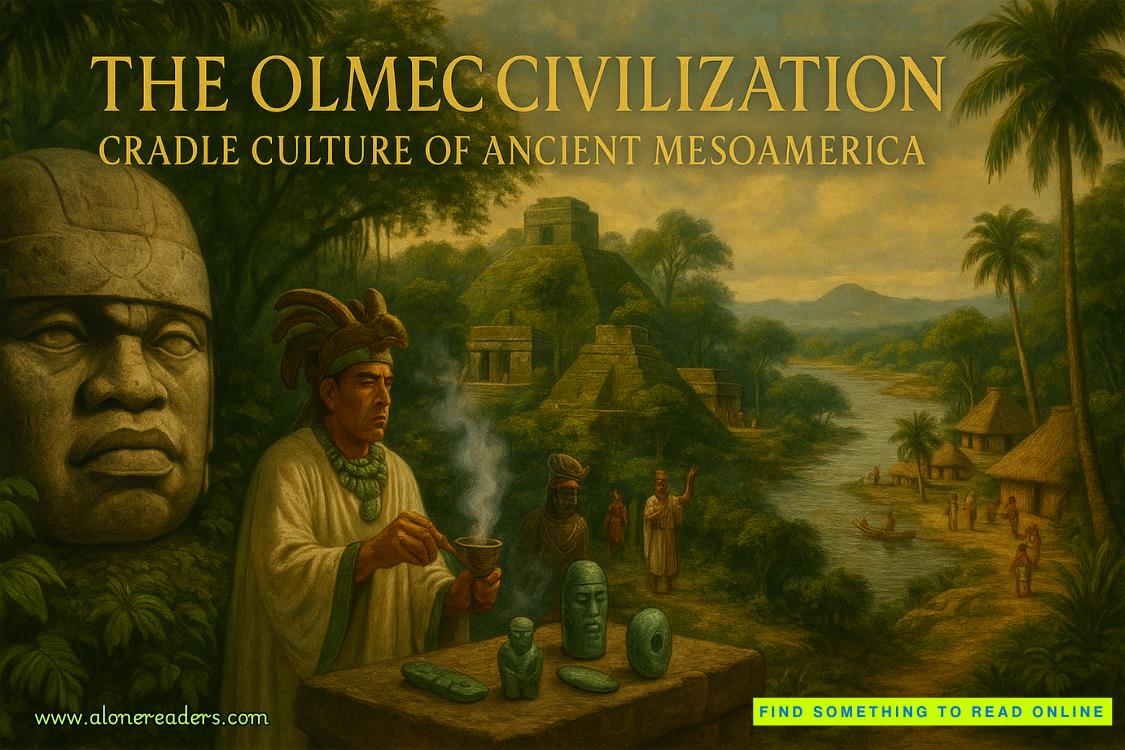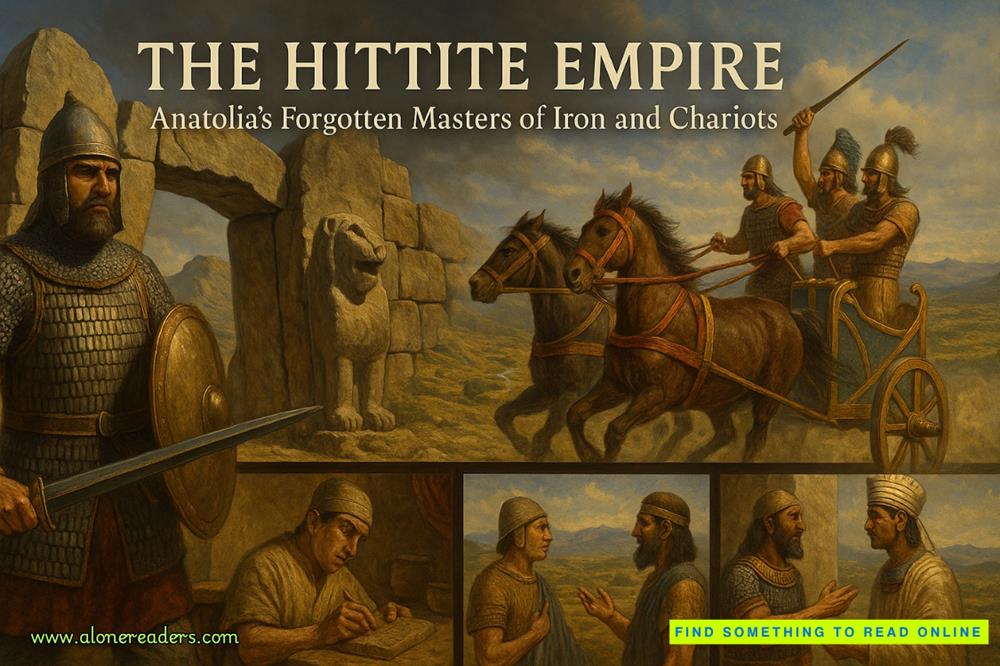Page 6 of Coram House
I nod, surprised. Considering the contract, I assumed he’d be hovering over my shoulder.
As I climb into the car, Stedsan calls my name. He’s framed in the doorway, a hand gripping either side like some force is trying to suck him inside.
“There’s one more thing you should know for our meeting,” he says. “It’s not called Coram House anymore. It’s Sunrise House.”
“Sunrise House,” I repeat. The words taste bitter.
That foxlike smile reappears on his face. “Try not to mention it around Bill—at least not with that face. I believe he picked the name himself. Hold on.”
Stedsan ducks back into the office and reappears a second later with a glossy brochure.Sunrise House—on the Lake!, it announces above a stock photo of attractive thirty-somethings drinking wine around a fire pit, the glimmer of water in the background. Why do developers always pick names that sound like a high-end prison?
“Right,” I say, swallowing my grimace. “Noted.”
“See you next Wednesday,” he says and shuts the door.
2
The car startswith that same grating noise. The boxes are piled to the roof and every time I take a turn, cardboard rasps against cardboard. The farther I get away from Stedsan’s, the more I feel my body relax—like I passed a test I didn’t know I was taking until it was done. There’s another sensation stirring, a hunger I haven’t felt since my first book, and never with the second. I’m afraid to name it now in case it slips away.
The Islewas an accident. I never set out to write a book. Actually, I was working as an investigative journalist, though really in name only, producing three-minute pieces on what’s really in your toothpaste for a morning news show. Adam and I had rented this tiny cottage on the coast of Maine for a week that summer. It was so damp the sheets and pillowcases were dotted with mildew and the walls were so leaky the sea breeze came right through, even with the windows closed. I loved it.
The story had been a local legend, dusty with age and telling. On the night of March 18, 1886, Inga Berg and her sister Mathilde were brutally murdered by axe on Channel Isle—a small rocky island six miles off the coast of Maine. A third sister, Agnes, survived. The next day, Elias Cobb, a drifter who had once boarded at the house, was discovered on the mainland with blood all over his clothes. A year later, he was sentenced to death by hanging. From the beginning, the pieces of the story didn’t sit right with me. Nothing specific, just a feeling.
The weather on our trip had been terrible. Cold rain soaked through our jackets until they were permanently soggy. Adam was happy enough curled up with a book, but I’d gone down to the historicalsociety to see what I could find about the case. It turned out there was a lot. Old newspapers, trial transcripts, even a self-published book by a local historian.
Newspapers had published Agnes’s account of the night. Her words were vivid: the full moon over dark water, the rocky coastline of the mainland impossibly out of reach. The cold barren island, free of snow by March but the grass still matted and dead from the long winter. The house, small and gray-shingled, standing sentinel against the wind whipping off the Atlantic.
Agnes had been the last of the three sisters to emigrate from their native Norway, arriving just the year before. Immediately, she’d brightened up the small cottage, painting it white so it was visible from shore, rising from thickets of wild rose in the summer. The sisters had taken in boarders during the warmer months to supplement their meager income. More than one article had mentioned Agnes’s industriousness as well as her proportions, the thick blonde hair, braided or left loose, that fell nearly to her knees. The world had fallen in love with the beautiful, tragic Agnes.Eyes the color of the ocean, they’d said. But how can that be, I’d wondered, when the ocean is always changing?
Not one report had questioned her account of that night. Her story was harrowing. Elias Cobb had broken through the door with an axe, killing her sister Mathilde, who had been sleeping by the fire. Agnes and Inga had barricaded themselves in the bedroom. Inga had fainted, overcome, and Agnes had escaped through the bedroom window just as the axe had splintered the door behind her. She’d crouched behind a rock, listening to the screams of her sister and the silence, which was worse. She’d been found eight hours later by fishermen, her nightgown covered in dried blood.
When I read the story, I had the feeling of looking at one of those optical illusions. At first, it looks like a rabbit and that’s all you can see. But then your eyes shift and suddenly it’s a duck. And it’s always been a duck, you just couldn’t see it before.
From there, it was easy. I made a list of questions and dug into each one methodically. Why was Agnes covered in blood if she’d escaped through the window before Inga was killed? How had she had time toput on shoes? How heavy was an axe? How long would it take a man in a rowboat to make a twelve-mile round trip to the island? What about rowing eight miles down the coast to Portland, where Cobb was eventually discovered? With each question answered, a piece of the story unraveled.
For one thing, the sisters’ bodies had been covered in axe wounds. At least twenty each, mostly shallow cuts. But I’d seen a picture of Elias Cobb. He was tall and muscular from years of doing odd jobs, pulling in fishing nets, hauling boxes. He looked like a man who could kill with a single blow. Then I found a testimony the newspapers hadn’t published. Another drifter had vouched for Elias, said they’d been fishing together the evening before. That the blood on his hands was fish blood.
Adam went home at the end of the week, amused by my obsession, but I stayed and read everything I could. Newspaper clippings, hundreds of pages of trial transcripts. I studied how newspapers printedfactsin Victorian New England. Police department procedures in the 1880s. On my last day, I hired a boat to take me out to the island. I stood on the white stone ledges and saw the mainland six miles in the distance. I tried to imagine it was night and the air was heavy with snow. No light but the candles burning in the cabin. No sounds but the wind and the cry of gulls. The cabin had burned down decades ago, but the pieces were still there, a pile of charred rotting boards, a few shards of glass from a window.
The real breakthrough came a few months after I got home. It turned out Agnes had changed her name when she emigrated from Norway, so I hadn’t known about her husband or his death. He’d been killed when someone broke into their home in Trøndelag. She’d inherited enough money to pay for passage to join her sisters in Maine. When her sisters died in turn, she inherited more. Then she’d gone to Boston, where she married a sailmaker—dead a year later of a stomach ailment—then her final husband, a merchant, died, leaving her a very wealthy widow at the age of forty.
Reframed, the story told of a relentless march upward. Of someone who flattened every obstacle in her path by any means necessary. Later, I had to keep a tone of admiration out of my voice. Agnes knew whatshe wanted and let nothing get in her way. If you take the facts away, there’s something to admire there.
I’d written the book without telling anyone but Adam what I was doing, feeling both protective and ashamed of this strange project. I didn’t think anyone would ever read it, even after I got an agent, a publishing deal. But I was wrong. It was an instant bestseller, a TV miniseries. And suddenly I had everything: Adam, the book I’d always wanted to write, the legitimacy I craved, the money. I’d thought that brief, shining moment was the beginning of everything, but now I see it for what it was: an ending in disguise.
When my building comes into view, bright purple against the white snow, I don’t stop. Instead, I keep going, past a bakery that fills the car with the smell of dough like day-old beer. I turn right at the park where I ate my breakfast, drive past the police station and its greasy-spoon school bus. I keep driving north, past a gas station and a few houses. A corridor of trees appears on the left. From studying the map, I know most of this land—the peninsula that closes the bay—is still owned by the diocese but is used as a public park of sorts. A man emerges from the trees, tugging a dog’s leash, just beside a sign that saysROCK POINT.
Then the trees are gone, replaced by a snowy field, dotted with headstones. I pass a brick church, dark and shuttered, too close to the road, which I assume is the church Stedsan mentioned. It feels out of proportion to the landscape around it with its huge neoclassical arches and high bell tower covered in flakes of white paint. More graveyard. Then, there it is.
Coram House.
Stedsan had included a grainy black-and-white photo in the materials he’d sent with my contract. But it’s different in person. For one thing, it’s much larger. Four stories of red brick topped with a slate roof, tiles smooth and shiny as the scales of a snake. The wooden front doors must be ten feet high. But even the building is dwarfed by the scale of the lake behind it.
I knew Lake Champlain was big—people call it the inland sea—butI’m still not prepared for the way water stretches forever in either direction, dotted by an occasional island for scale. The mountains on the other side are faint charcoal shapes etched in a gray sky. Unlike the bay just to the south, the water here isn’t frozen. White-capped waves churn the surface. A ferry plods into view, heading for the far shore.
Coram House looms. There’s no other way to describe it. This desolate graveyard with the sweeping view of the lake beyond like a promised land just out of reach. An island in the middle of a graveyard. How strange it would have been to be a child here.
I park on the street and get out. The stretch of land between the church and Coram House is untouched. The north side of the building is a different story. An addition emerges from the original building like a growth—steel beams, rebar, corrugated metal paneling. The beginnings of Bill Campbell’s Sunrise House condo development. Though, right now, the construction site is dormant. I want to go closer, to feel Coram House’s door beneath my hands, to push until it cracks open and reveals its insides.















